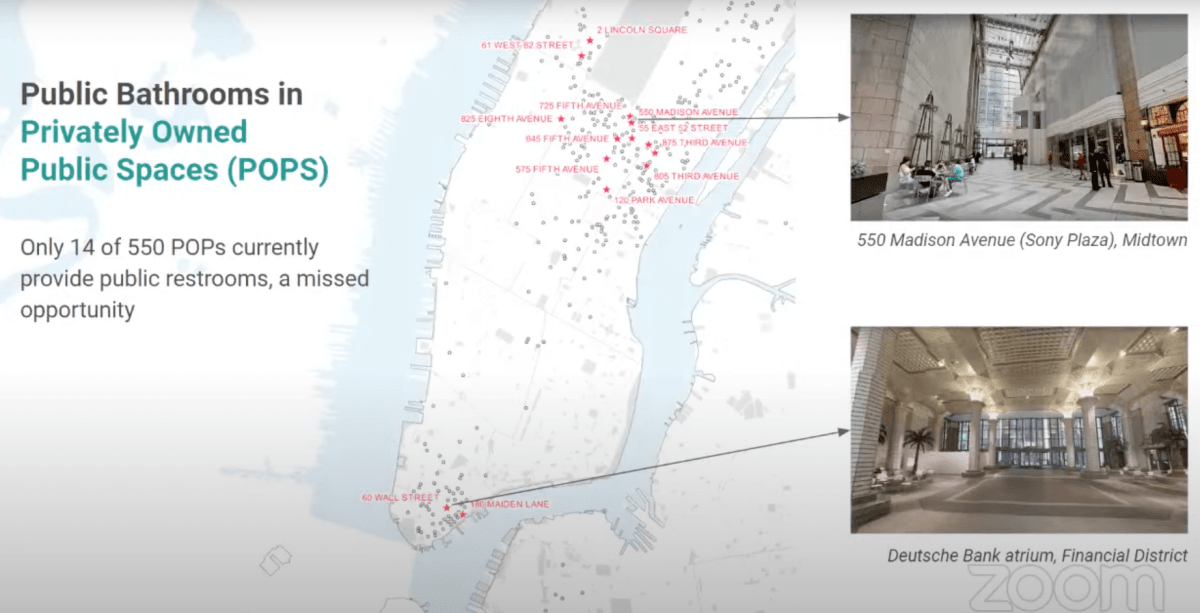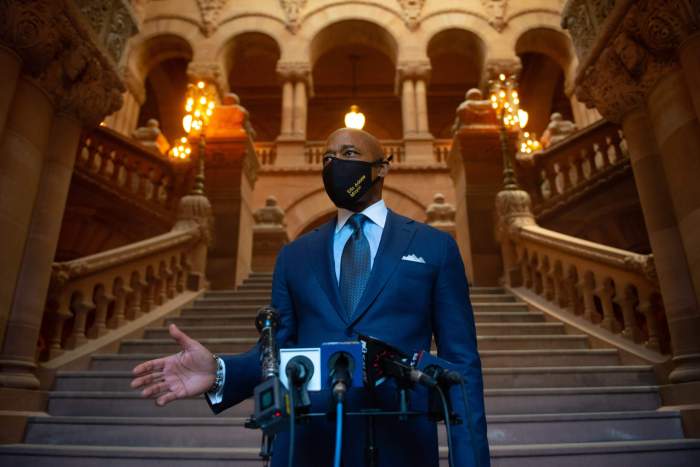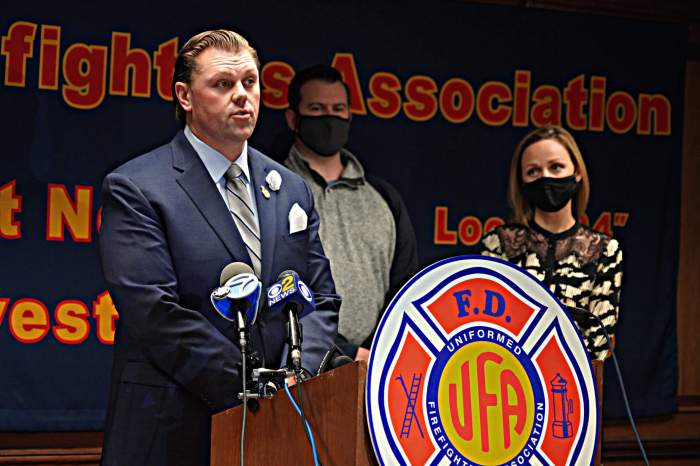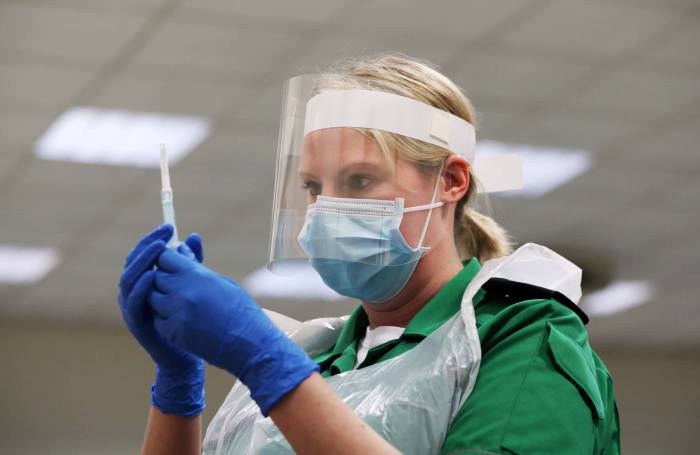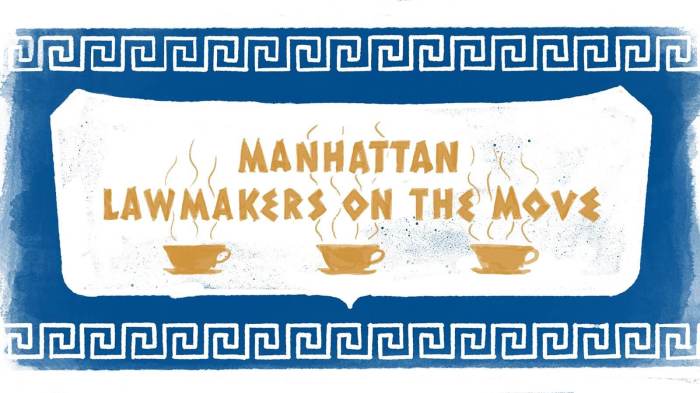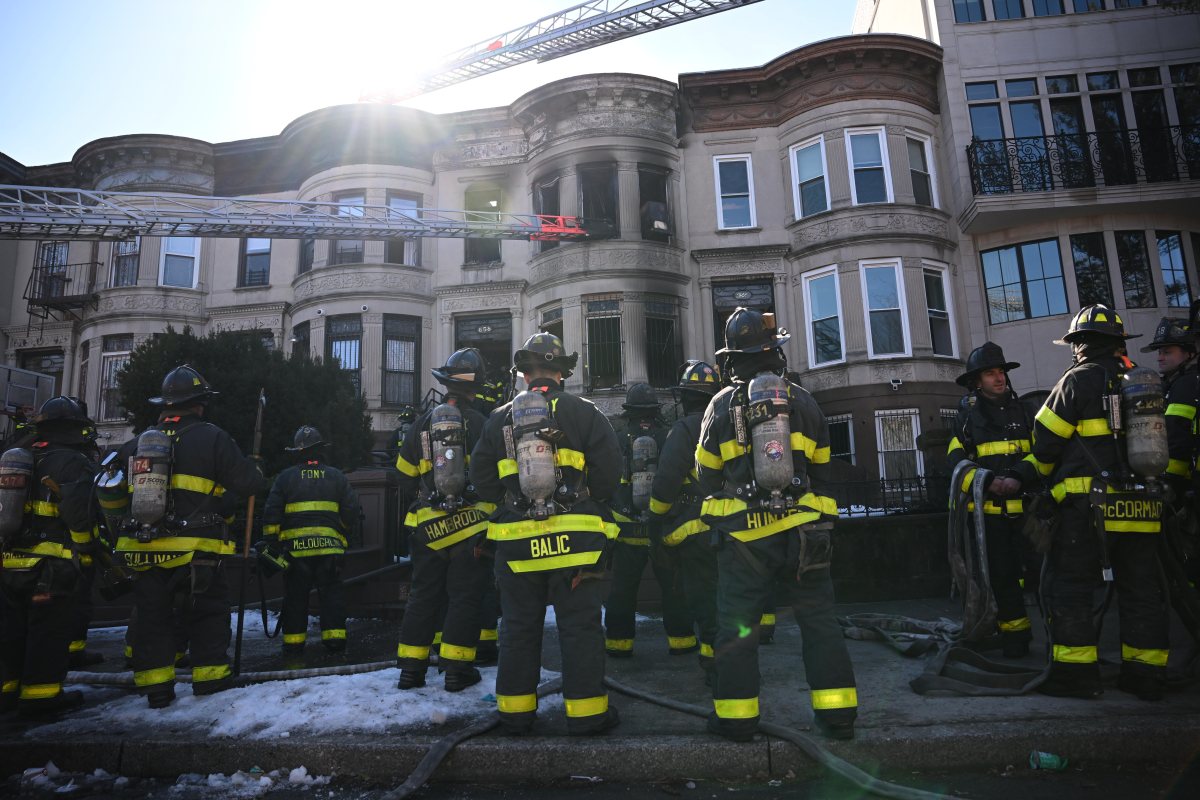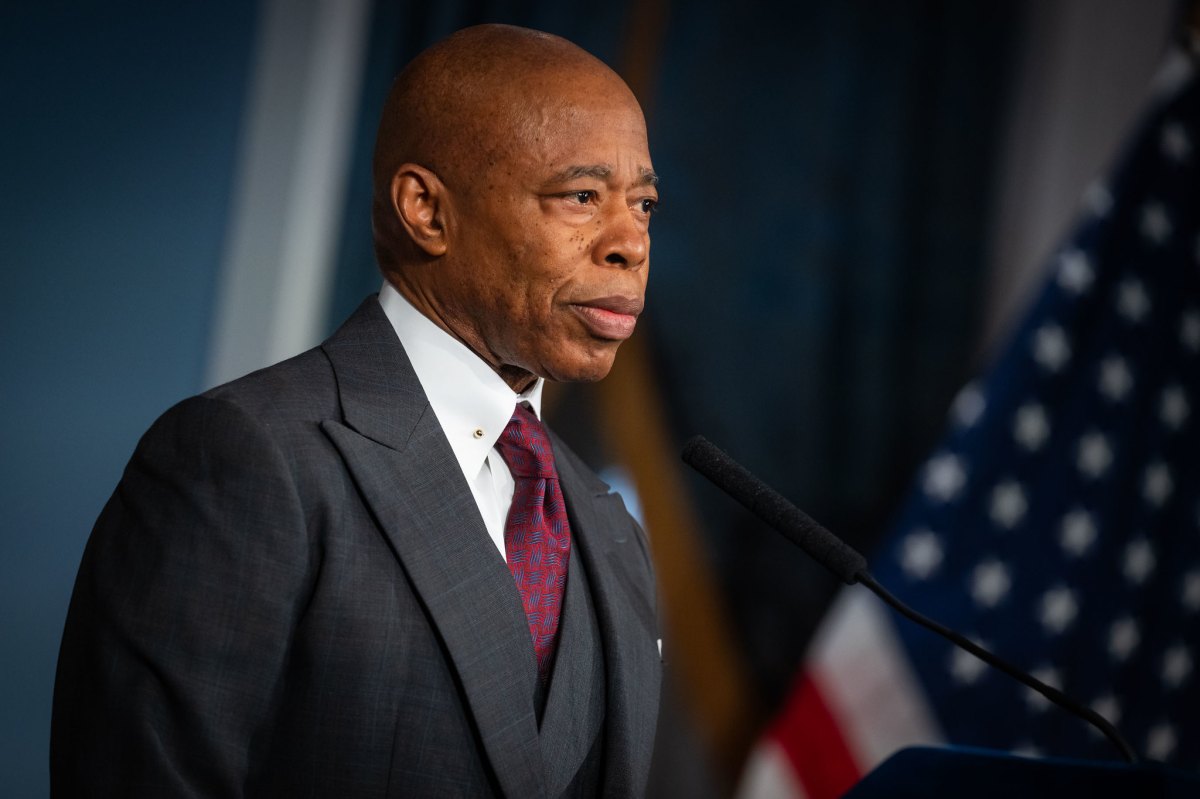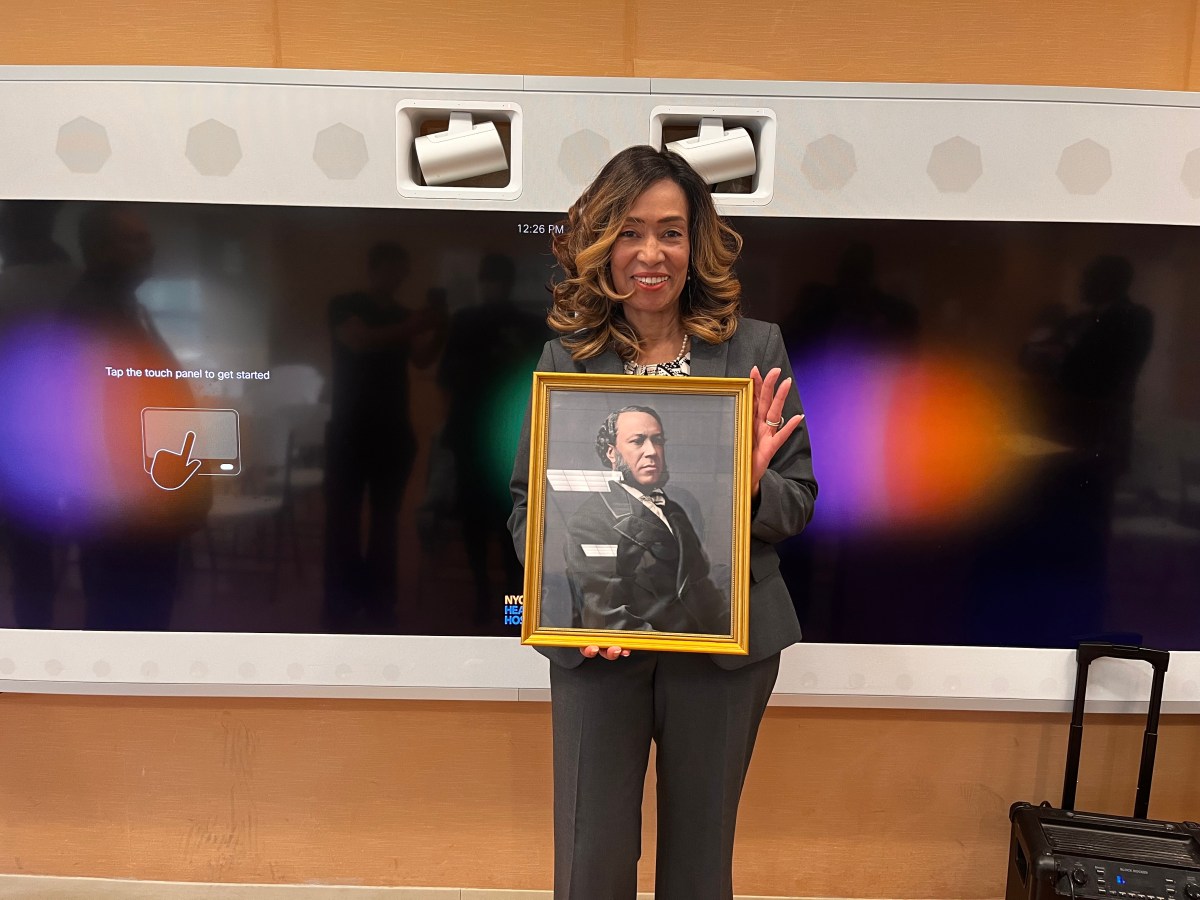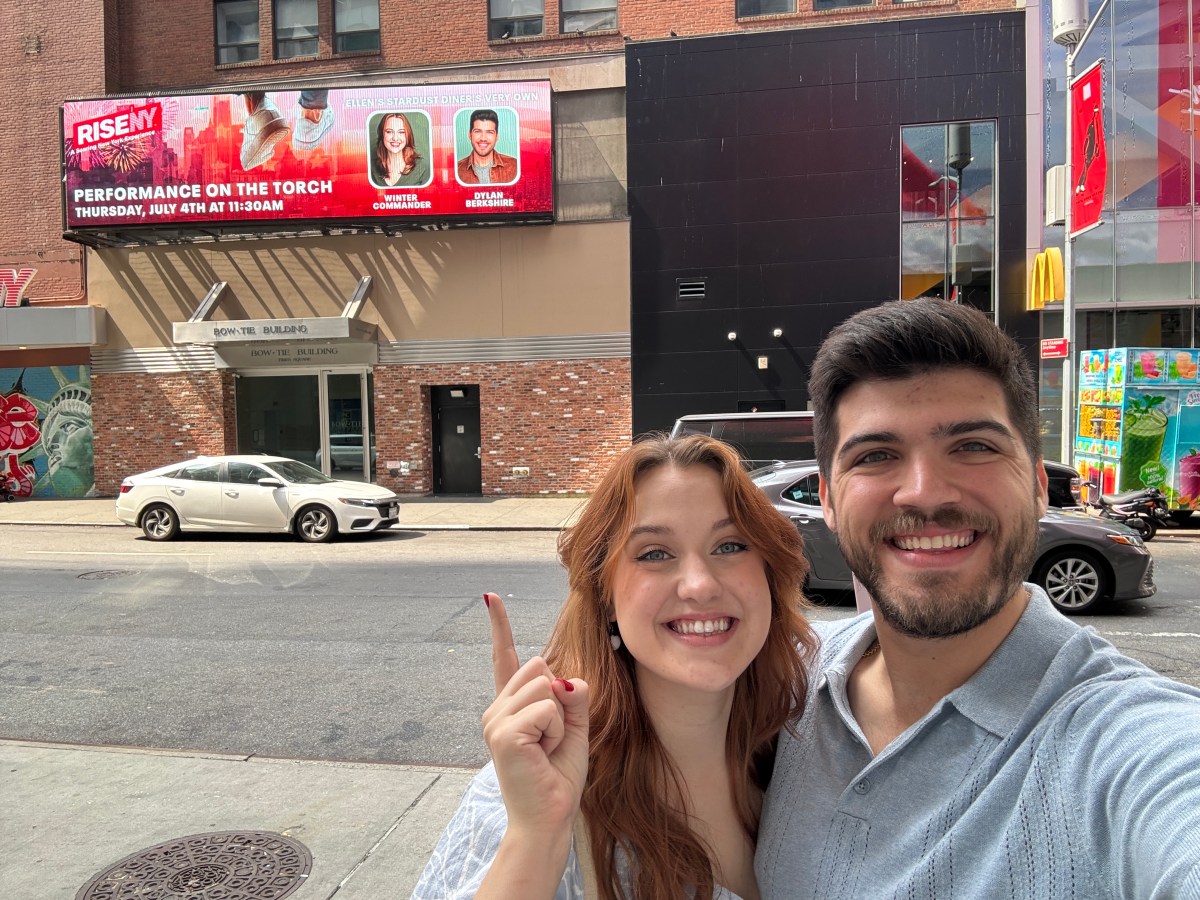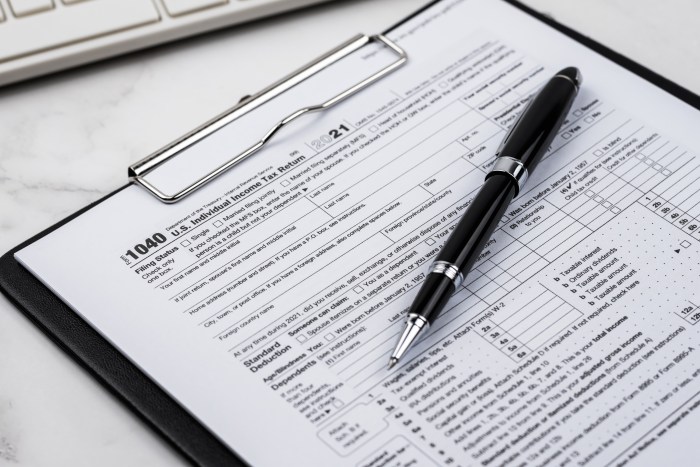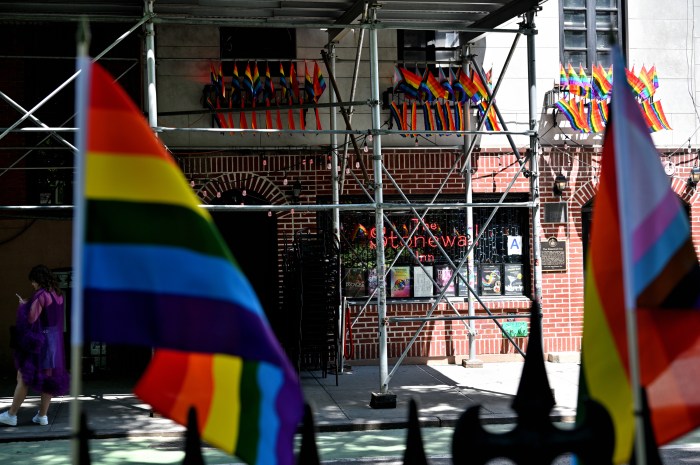After New York saw a steady stream of legislation and policy aimed at expanding public bathrooms over the past year, a community board working group is pursuing new ways of lobbying for more loos.
A public restroom working group of mostly members from various Manhattan community boards appeared before Manhattan’s western Community Board 4’s land use committee Wednesday night to present one plank of its multi-pronged plan to open more public toilets.
As it is now, the city requires developers to provide certain amenities if they are constructing public plazas of a certain size. The working group is proposing a zoning text amendment that would make one of these requirements the maintenance of public restrooms in privately owned public spaces, or POPS, that are larger than over 10,000 square feet.
As it is now POPS are not required by the city to provide public bathrooms, but throughout the 1980s, the Department of City Planning may have encouraged private developers to provide public bathrooms as part of the construction of the spaces, according to the working group’s founding member Julie Chou, an architect and Manhattan Community Board 5 member.
Just 14 of the city’s 550 POPS include public bathrooms. Most of these facilities are clustered in large projects in dense areas of Manhattan like Midtown and the Financial District, according to Chou.
The working group sees a new zoning text amendment with a similar goal as the DCP’s ‘80s POPS initiative as an easy way to incentivize more public bathrooms through private-public partnerships.
“We feel that this really is a missed opportunity. And you can also see how they’re distributed in clusters. So most of the city doesn’t even benefit from these anyway,” said Betty Kay, a member of the working group.
The working group argued that a city as large and cosmopolitan as New York needs easily accessible, clean, and safe public bathrooms. New York has 1,103 public toilets for the city’s 8.4 million residents and 63 million annual tourists, according to a study performed by Chou. NYC ranks 93rd in the U.S. for public bathrooms per capita.
The POPS restroom amendment restrooms is just one of at least nine recommendations the working group has started to pursue. Others include encouraging the Department of Transportation to fund more standalone toilet pilots and getting the Parks Department to fund more toilets.
“This is actually, we think low hanging fruit because we’re just asking for access to an existing bathroom in the building. That’s the lowest [way to comply]. If they want — and some developers do — they build a brand new bathroom in one of the covered POPS,” Chou said.
The members of the community board’s land use committee were largely in favor of developing the proposal further but decided that it was still too early for a formal vote on the amendment itself. Members also recommended that the text amendment include language around what signage would look like for public bathrooms and what the recertification process would look like for existing POPS.
The committee passed a motion to support developing the idea further, and coming back to it in the future.
At the meeting, the committee also considered a Landmarks Preservation Commission application to alter the exterior of the McGraw Hill Building, a historical art deco highrise at 330 West 42nd Street. The committee voted for a motion to approve the building’s exterior alterations with a few additional design recommendations.



